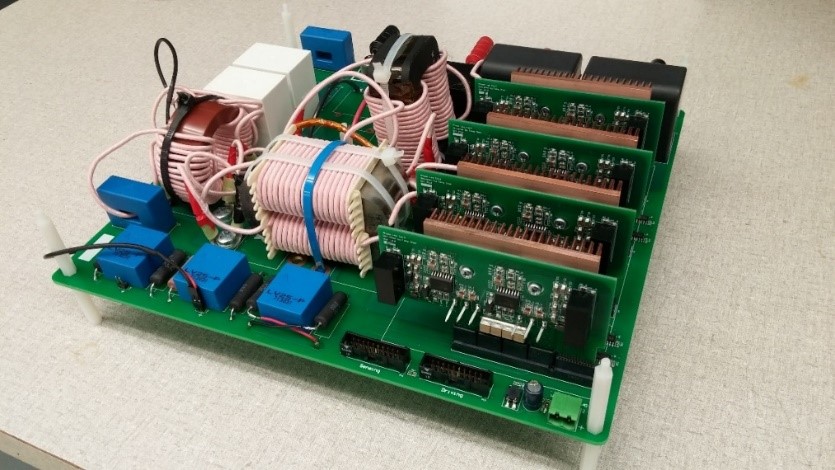LIBRARY
A Transformer-less Single-Phase Bi-directional Interface Converter to Connect AC and DC Power Distribution Systems

In this paper, a 5 kW two-stage cascaded single-phase ac-dc converter that connects a 380 V dc system and a 240 V split-phase ac system is used as an example to discuss the converter design for such applications. The cascaded converter uses a full-bridge as the ac-dc stage and a full-bridge as the dc-dc stage to fully decouple the common-mode voltages between the connected ac and dc systems. A floating common-mode noise filter is directly connected between the ac and dc ports to contain the EMI noise emission within the interface converter and suppress the impact from external grounding impedance. The two-stage topology also decreases the capacitance requirement for double-line frequency ripple power in a single-phase power conversion. An experiment prototype is built using the state-of-the-art SiC MOSFETs and tested under full load range to validate the design considerations.























































































